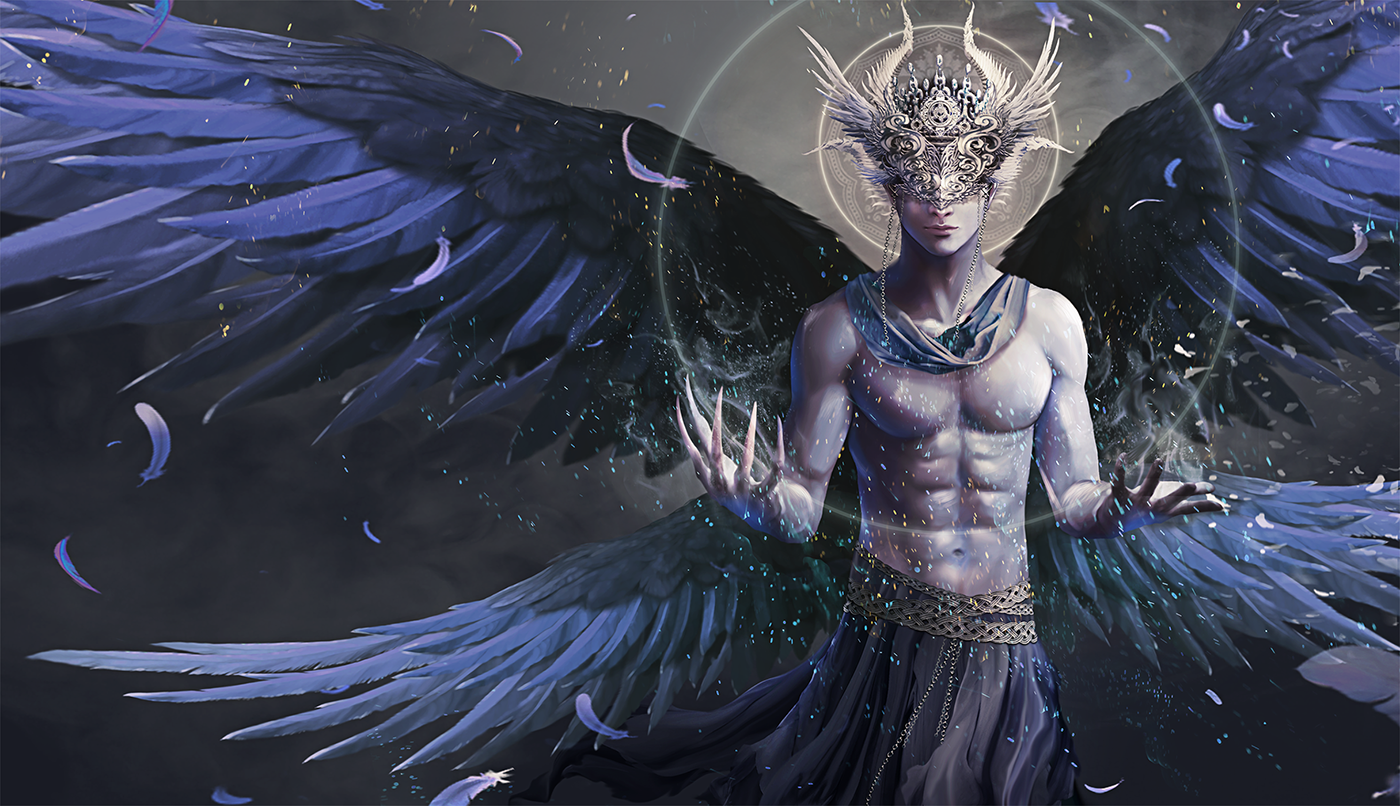When there is the polarity of ‘self’ versus ‘other’ (or ‘object’ versus ‘subject’) then there can be no information, W. There can be no information here because other depends on self, just as object depends on subject. No discontinuity exists and so there is no ‘information’. What could be simpler to understand than this?
If I hold my hand in front of a light source and project shadows onto a screen then the closed system which is made up of ‘my hand plus the shadows it casts’ contains no information – the shadow play depends upon the movement of my hand, it is in no way a separate thing and so there is never going to be anything new or unexpected happening here. There can’t be anything new or unexpected happening on the screen because everything is prefigured, because everything has been predetermined. A closed system does not contain any actual information, therefore.
Instead of talking about shadows, we could talk about thoughts – whatever ideas I might have in my mind get projected in the course of my day-to-day life onto the screen which is the world and so I so that I end up living in a world that is made-up of my own thoughts. This is of course the usual situation for us all – we live in a world that is made up of our thoughts and we don’t have any insight into this fact. The world is independent from me, to be sure, but my thoughts are not, and I don’t relate to the world ‘as it is in itself’, I relate to my ideas about it, I relate to the labels that I have unconsciously projected upon it…
If I am maintaining an idea of the world, a model or theory about the world, then what this means is that I am going to be living within the idea but I have, within the model or theory that I am entertaining. I’m going to be living within the arbitrary bounds of my own hypothesis of what the world is, and this, as we have just been saying, constitutes a closed system. Nothing new or radically unexpected can ever happen to me because everything I experience has been prefigured or predetermined by the assumptions that I have had to make in order to be able to ‘think’. Nothing new or unexpected can happen because whatever it is that happens always gets represented in terms of my ideas, in terms of my thoughts, in terms of my mental categories.
Our mental categories are never new, never unexpected, obviously enough. These categories are the terms that I use to organise my perceptions of the world, my experience of what it means to be in the world, and because of the organising role that these abstract compartments play I am not aware of them at all. I’m not aware of the rules that are acting so as to organise my experience, I am only aware of what these rules show me. I’m only aware of the output of the black box. My attention is always on the external show or theatre and never on the machinery that produces this show, that produces this theatre. A magistrate can judge the accused, but the accused can never judge the magistrate. The magistrate is ‘inviolable’, ‘un-influenceable’, and this is what allows the whole judicious process to function. It couldn’t function any other way.
In the same way therefore, it is the fact that our mental categories are inviolable that allows the thinking process to happen. I project a meaning on the world, which is moderated by my core assumptions (or categories), and the world that I am projecting this meaning on cannot in turn ‘reach back’ to me and influence my assumptions, influence my organising categories. It’s a one-way street and because it’s a one-way street what I’m doing here is creating a closed world, a closed system. It takes two to tango but I’m doing this particular dance all on my own; whatever it is that I’m doing therefore, it certainly isn’t the tango.
By thinking all the time we descend by express elevator into a profoundly sterile world, a world in which nothing radically unexpected can ever happen, an unreal world, a world which contains absolutely no information at all. This degraded (or ‘inverted’) version of the world is a type of black hole, a hole in being itself (so to speak) into which everything gets subsumed. It’s the ‘unrecognized reflection of my own face’, as Jung says and just as long as I fail to recognise the reflection of my face for what it is, I will continue to imagine that the ’world’ I am living in contains actual information. I will continue to imagine that this ‘world’ exists independently of me. A world can only be properly called ‘a world’ if it is independent of those who inhabit it, of course; otherwise what we’re talking about is solipsism, which is where we are totally contained within the ‘null world of the self’.
If I could recognise the reflection for what it is, recognize the projection for what it is, then that would be the end of my perception of there being a world where there is none. To project a world and see that it is us who are projecting it is the same time the end of everything we know and the dawning of the transcendental reality – the reality that has nothing to do with me. This is of course an awareness that the ego is infinitely reluctant to have anything to do with; the ego is obliged to keep everything shallow and deny that there is any such thing as ‘transcendence’ with every bit of energy it can muster. The self is the ‘back projection’ of the Positive (or Projected) World, which and so to see the Projected World as being ‘a phantom appearance’ is the same thing as seeing the self as one too. The thing we are holding onto so tightly is melting away into thin air, which – from the egoic point of view – is the experience we least want to be having.
‘Self’ cannot exist without ‘other’, ‘subject’ cannot exist without ‘object’, and we are identified with the self, we are identified with subject. This is the ‘tie-in’, therefore. The world of self/other or subject/object is the world with zero information in it however, and this means – as we have said – that it is not a world at all, it isn’t anything. It’s a Mobius loop, it’s an abstract surface that sneakily twists back on itself – an abstract surface that is continuously twisting back on itself so as to negate itself (so that we are continuously going around in circles without realizing it). Circular movement is ‘the deadest form of movement there is’, as Philip K Dick says – it’s ‘dead movement’ because we never get anywhere new, because we keep on going over the same old ground. Nothing is ever new when it’s the Mind-Created Simulation we’re talking about…
It’s not that something ‘real’ is being repeated over and over, is being extended an extended forever – it’s an illusion that is being repeated, it is an illusion that has been extended. There is only the ‘false idea of something happening’, and this false idea keeps on rolling over and over with deadly monotony, like an awful song on the radio that keeps recurring. The preposterous illusion of subject/object just keeps flipping over and over in space like a bad joke that no one gets. We could say that what’s playing over and over is ‘an illusion’, but what do we mean by ‘illusion’? Illusion is such a familiar term that we tend not to think much of it. ‘Yes, yes, yes – so it’s an illusion’, we say, perfectly unfazed. If we are perfectly unfazed however many are missing the point; we ought to be very fazed indeed.
What’s getting put ‘on repeat’ is a lack of information that seems to be information. All there is is information however – ‘not information’ doesn’t exist. Unreality doesn’t exist! Lies don’t exist because they’re not true… And yet this field of unreality eats us alive; this is the Predator, this is the Adversary, this is Satan himself. The ‘field of unreality’ annihilates being, annihilates truth, annihilates every last trace of consciousness. It doesn’t permit anything else apart from itself, it doesn’t allow anything that isn’t it, and yet it is nothing but a lie. As we know, the lie is always jealous of the truth and will suppress it (with maximum prejudice) across the board; falsehood can maintain the type of shabby, second-hand existence it has only if it keeps on murdering the truth every time it shows its face.
Unreality operates by compulsively repeating itself, thus excluding the chance of anything else ever happening. This is the root of all aggression – the voracious, insatiable need of the lie to keep on asserting itself, keep on promoting itself. Nothing is served by this constant assertion and reassertion of unreality however – apart from the postponement of the moment when the lie is revealed for what it is (or what it is not), the postponement of the moment when the illusion is revealed as an illusion. This gives us a clue as to what we are actually talking about here – far from being anything exotic or mysterious, the unreality is familiar to the point of being dismally ubiquitous. What we’re looking at here is none other than the everyday self or ego and there is nothing in the least bit mysterious about this particular (pseudo) entity.
This gives us a fascinating new way of looking at the self, a way that is as different from our normal perspective as it is possible to get. Everything in life is done for the benefit of the self, on behalf of the self, according to the standards of the self, and so on. The self is who (or what) it’s all for. The everyday self or ego is an upstart however – it is an impostor, a poser, a pretender to a throne which does not belong to it. It’s common enough to hear that the self is ‘not real’, that the ego is ‘not real’, but there’s a lot more to it than this. The everyday self would be better described as ‘an inversion of reality’ – it’s as if reality has somehow folded back in on itself and become what we might call a ‘hole’. What we have here is a ‘hole in reality’, an ‘absence which takes itself to be the real deal’. It is a shadow which takes itself to be a fundamental entity in its own right. By ‘shadow’ we mean an absence of information that gets twisted around so that it gets presented as actual ‘being’, actual ‘truth’ – ‘the unreal becomes real and the real unreal’, as the mystics say. What we are talking about here therefore is Rumi’s dragon – the lower self.
This is the reason desire is endless, why it can never be fulfilled – because there is a hole in us that can never be filled (even if the whole world were poured into it). We all know this ‘abyss of need’, which is the need that the lie has to be true, so to speak, but we don’t generally see it for what it is. The abyss of need is not ‘who we are’ but ‘who we think we are’ – we are on the one hand happy to be defined as this or that self (because this assuages our fear of not knowing who we are) but the downside of this is that we become a slave living in a cave of shadows, just as Plato says. The idea that we’re doing everything for a false master, a master who will never deliver what he promises, is familiar enough – we don’t have to think about it too much to realize that this is something that we have heard before. It is not so much a religious idea as it is a psychological one however, to believe in the literal existence of Satan is to be a slave to the thinking mind and its (unreal) concepts; to see the metaphorical nature of the idea is on the other hand much more useful….
Image – peakpx.com






